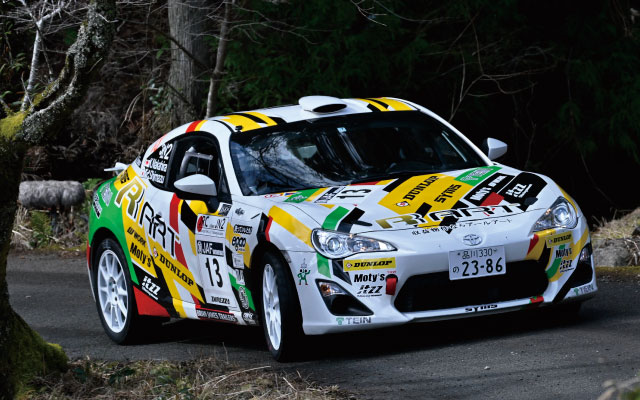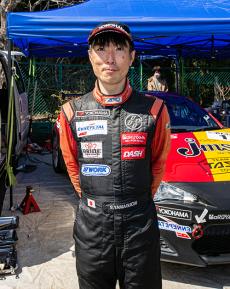TOPICS
Rally
2022.03.29
Winner of 【All Japan Rally Championship Round 1 Shinshiro Rally 2022】 2 class
 Shinshiro Rally 2022, the first round of the All Japan Rally Championship, was held in Aichi Prefecture from March 19th to 20th.
Shinshiro Rally 2022, the first round of the All Japan Rally Championship, was held in Aichi Prefecture from March 19th to 20th.
The famous Shinshiro Rally, which is one of the three major rallies, was held again this year with no spectators due to the spread of the new coronavirus infection.
In the first round of the Shinshiro Rally, there will be 6 special stages (SS) for 2 days, and the total distance of the course will be 218.68km on tarmac. There is also a tourist road, and it will be a new course layout.
The race results of WORK WHEELS scholarship players in the heated race development where the winding with a narrow course width continues are as follows.
JN1 class
Toshihiro Arai / Naoya Tanaka 4th
HYOMA / Hiroshi Hajime 8th place
Takuma Kamada / Yuichi Matsumoto Retired
JN2 class
Katsuya Nakahira / Masahiko Shimazu Victory
JN3 class
Genki Takeuchi / Satoshi Kimura Victory
Kiyoji Yamaguchi / Ayumi Urushido 3rd place
Takehiko Kano / Satoshi Yokote 5th
JN4 class
Daichi Okumura / Jacky group 2nd place
JN6 class
Michihiro Okuda / Takuya Abe 3rd place
The next round of the Tour de Kyushu 2022 in Karatsu will be held from April 1st to April 3rd.
Thank you for your support.
Drivers
Past articles
-
Jul 15, 2025
-
Jun 18, 2025
2025 JAF All Japan Rally Championship Round 4 Kase Yuji Cup MONTRE 2025
-
May 27, 2025
2025 JAF All Japan Rally Championship Round 3 YUHO Rally Asuka Supported by Toyota United Nara
-
Apr 18, 2025
2025 All Japan Rally Championship Tour de Kyushu 2025 in Karatsu
-
Mar 12, 2025
RALLY Mikawa Bay 2025 Supported by AICELLO& MORIZO Challenge CUP
-
Sep 20, 2024
2024 JAF All Japan Rally Championship (JRC) Round 7 [RALLY HOKKAIDO]Matsukura wins JN5 class
-
Aug 02, 2024
-
Jun 21, 2024
2024 JAF All Japan Rally Championship (JRC) Round 5 “Yuji Kase Cup MONTRE 2024”


































